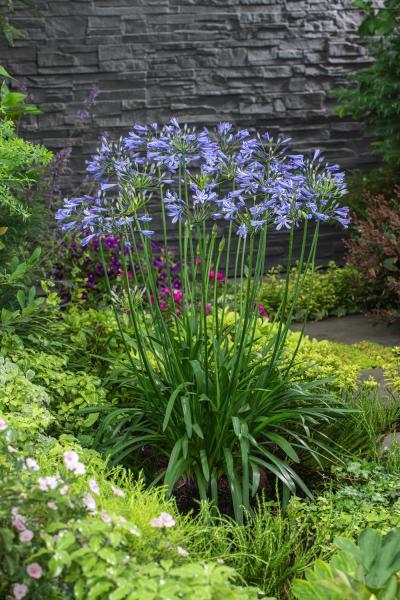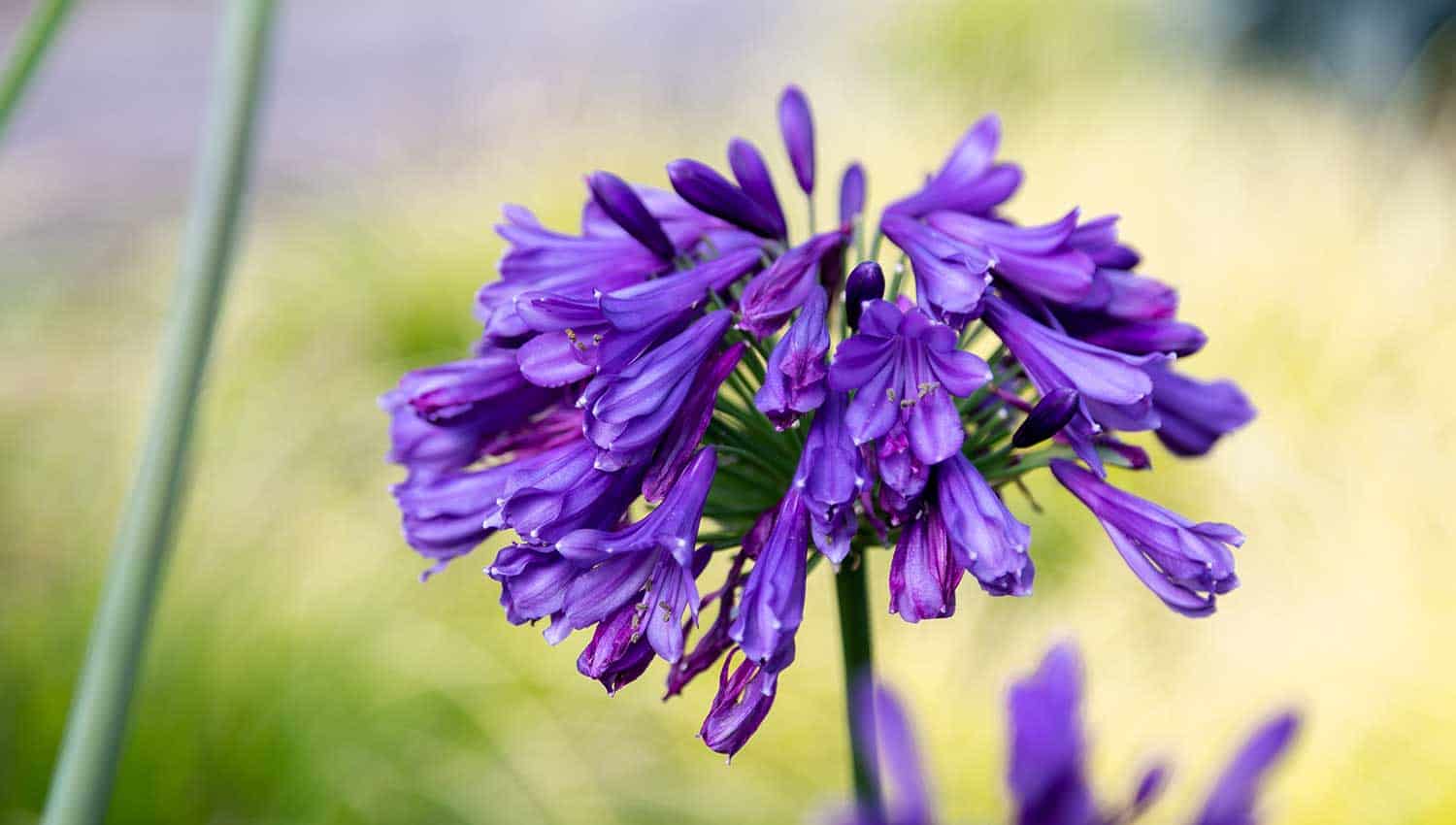Agapanthus Varieties: Choosing the very best for Your Landscape
Agapanthus Varieties: Choosing the very best for Your Landscape
Blog Article
Mastering the Art of Agapanthus Care: Necessary Actions for Healthy Growth and Vibrant Flowers
In the world of cultivation, the farming of agapanthus stands as a rewarding venture for those that look for to support these classy flowering plants. With their striking blooms and graceful foliage, agapanthus has caught the interest of gardeners worldwide. Nevertheless, accomplishing ideal development and lively blossoms calls for a nuanced technique that includes numerous important actions. From choosing the ideal selection to understanding trimming methods, the journey towards cultivating thriving agapanthus plants is diverse and holds the crucial to unlocking the full possibility of these herb gems.

Picking the Right Agapanthus Variety

When picking the right Agapanthus range for your yard, think about elements such as environment viability, bloom color, and growth habit. Agapanthus, frequently called Lily of the Nile or African lily, comes in a range of shades varying from tones of purple and blue to white. Pick a flower shade that matches your existing yard combination to develop a harmonious landscape. Furthermore, think about the climate in your region to make sure the Agapanthus selection you select can grow in your details conditions. Some ranges are much more forgiving of cool temperature levels, while others choose warmer climates. Comprehending the growth habit of various Agapanthus ranges is essential for proper placement within your yard. Some varieties have a clumping development routine, suitable for containers or borders, while others have an even more dispersing nature, appropriate for ground cover or mass plantings. By meticulously examining these elements, you can choose the excellent Agapanthus variety to boost the charm of your yard.
Ideal Growing Conditions
Thinking about the optimal ecological demands is crucial for successful Agapanthus cultivation. Agapanthus thrives in well-draining dirt with a somewhat acidic to neutral pH degree. When planting, select an area that receives full sunshine to partial color. In hotter climates, giving some afternoon color can prevent scorching of the leaves. Agapanthus plants are delicate to cold temperatures and must be protected from frost during cold weather.
To guarantee healthy development and lively flowers, plant Agapanthus bulbs at a deepness of regarding 2-4 inches and area them 8-12 inches apart. Mulching around the base of the plants helps maintain dampness and suppresses weed development.
Watering and Feeding Tips
Preserving proper moisture levels and giving crucial nutrients are essential elements in the treatment regimen for Agapanthus plants. When it comes to watering Click Here Agapanthus, it is critical to strike a balance. These plants favor regularly damp dirt but are susceptible to root rot if overwatered.
Fertilizing Agapanthus is important for advertising healthy growth and respected blooms. Apply a well balanced plant food, such as a 10-10-10 formula, in the very early spring as brand-new development emerges. By following these watering and fertilizing suggestions, you can ensure your Agapanthus plants flourish and generate vivid, resilient flowers.
Trimming Strategies for Agapanthus
Pruning Agapanthus plants at the ideal times and with correct strategies is essential for maintaining their health and wellness and advertising ideal growth and blooming. The excellent time to trim Agapanthus is in late wintertime or early springtime prior to Our site new development arises. Beginning by eliminating any dead or yellowing fallen leaves near the base of the plant. Cut them as short as feasible without damaging the arising shoots.
Deadheading spent blossoms can also reroute the plant's energy right into producing more flowers instead than establishing seeds. If you want to gather seeds for breeding, leave some flowers to dry and fully grown on the plant.
Remember to utilize tidy, sharp tools to make exact cuts and lower the risk of introducing illness. Agapanthus. Normal pruning will assist maintain your Agapanthus looking healthy and neat while ensuring an abundant screen of gorgeous flowers
Managing Usual Pests and Diseases
After ensuring proper pruning methods for Agapanthus, it is crucial to resolve usual pests and diseases that can affect the health and wellness and vitality of these plants. One common parasite that influences Agapanthus is the Agapanthus gall midget.
In addition, Agapanthus plants can experience from origin rot if they are planted in inadequately draining soil. By being cautious and taking punctual activity against pests and conditions, you can assist your Agapanthus plants prosper and produce vibrant flowers. Agapanthus.

Verdict
Finally, grasping the art of agapanthus care includes picking the best range, giving ideal growing conditions, correct watering and feeding, appropriate pruning methods, and addressing common insects and conditions. By complying with these important steps, you can guarantee healthy development and vivid blooms for your agapanthus plants. Bear in mind to consistently keep an eye on and maintain your plants to advertise their total health and durability.
To guarantee healthy development and vivid flowers, plant Agapanthus bulbs at a deepness of about 2-4 inches and space them 8-12 inches apart. By following these watering and feeding ideas, you can ensure your Agapanthus plants flourish and generate lively, resilient blossoms.
One usual parasite that influences Agapanthus is the Agapanthus gall midge. Furthermore, Agapanthus plants can endure from origin rot if my latest blog post they are grown in badly draining soil. By following these essential steps, you can make certain healthy and balanced growth and vibrant blooms for your agapanthus plants.
Report this page